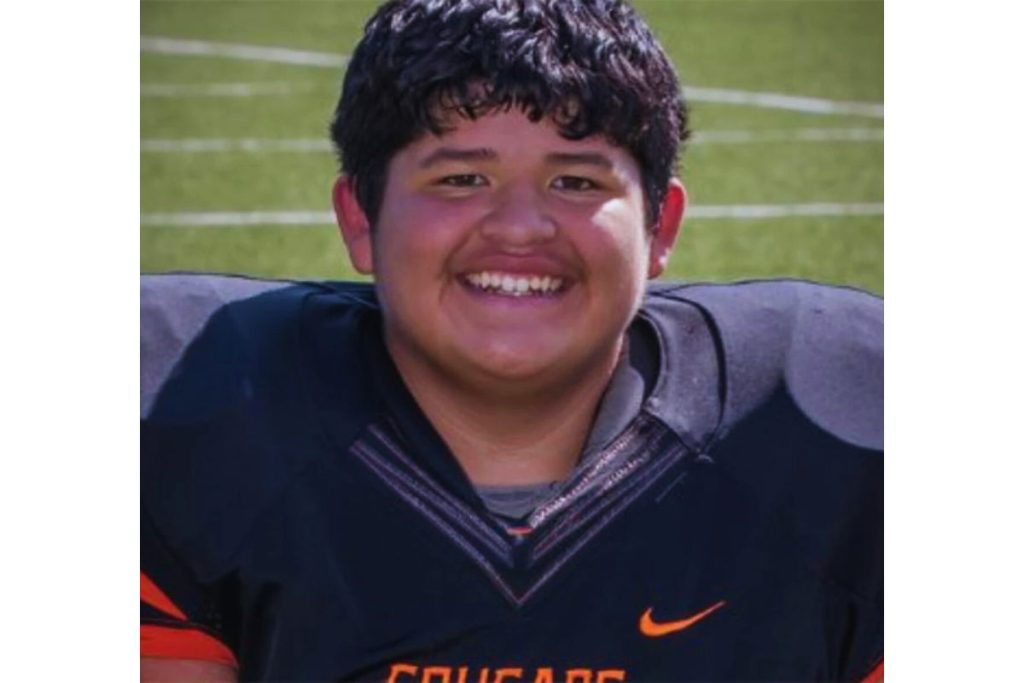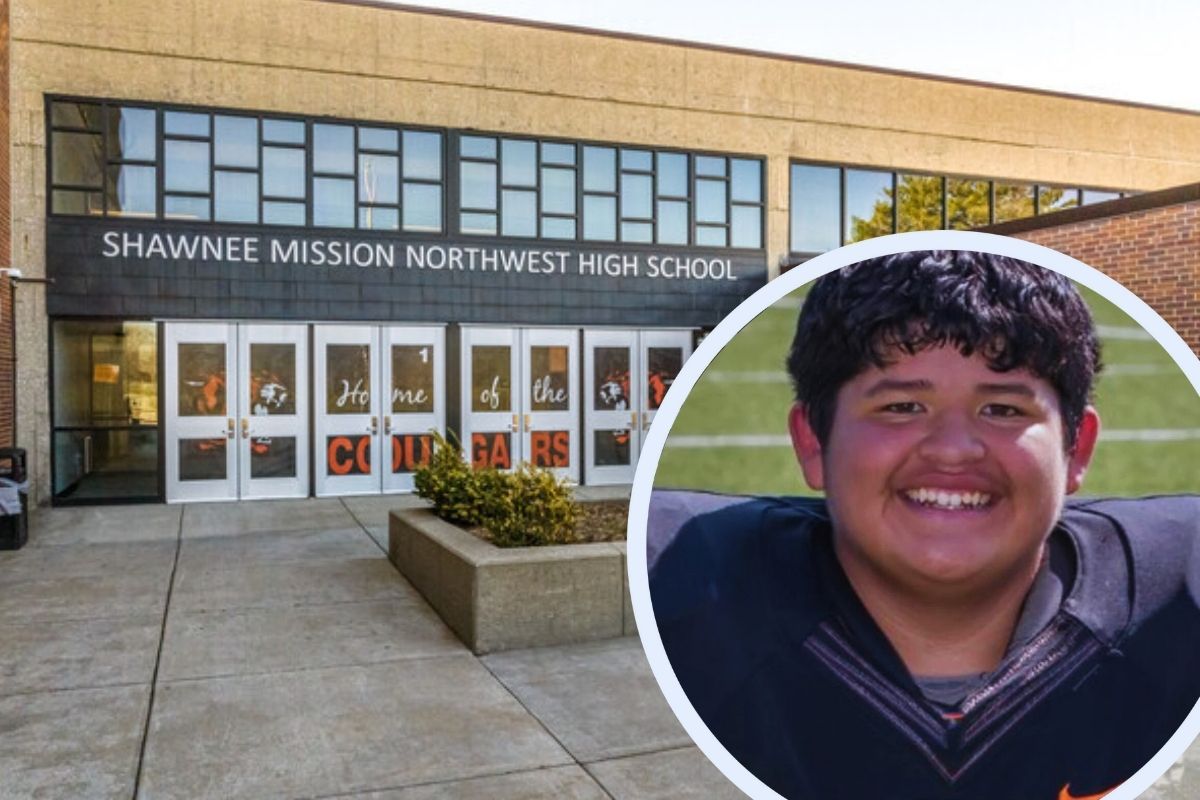Heatstroke Claims 15-Year-Old Athlete, Highlighting Urgent Need for Safety Measures
The recent death of 15-year-old Gomez Regalado, a Shawnee Mission Northwest Student Dies at High School sophomore, throws a dark shadow on the important problem of heat-related illnesses in high school athletics. During an August 14, 2024 football fitness workout, Gomez Regalado passed out and died two days later from heat stroke and related complications. This event emphasises how urgently strict safety rules are needed to guard young athletes against the risks of high heat.
Overview of Incidents

Emergency responders were sent to Shawnee Mission Northwest Student Dies at High School on August 14 afternoon at about 5:15 p.m. During an off-season football fitness practice, Gomez Regalado had engaged in a 15-minute activity when he showed symptoms of anxiety like pallor, too much perspiration, and water demands. When emergency medical personnel arrived, his body temperature stayed dangerously high at 104.6 degrees Fahrenheit even with staff members’ quick cooling attempts. He was sent to a nearby hospital, where his illness worsened and August 16 saw his death.
Autopsy Results
After an exhaustive examination, the Johnson County Medical Examiner’s office found that heat stroke complications caused Gomez Regalado’s death. The investigation said that the outdoor temperature of the occurrence was 92 degrees Fahrenheit, with humidity higher than 70% producing a heat index of at least 112 degrees. That afternoon there had been a heat alert issued. The investigation noted Gomez Regalado’s obesity, with a recorded weight of 384 pounds, and a reported sickle cell trait, both of which might raise sensitivity to heat-related diseases.
More general background on heat-related incidents in high school athletics
Sadly, the death of Gomez Regalado is not a singular event. Particularly football players, high school athletes are more susceptible to heat-related illnesses, especially during pre-season training sessions held in hot weather. Between 1992 and 2024, at least 58 high school football players in the United States have died from exertional heat stroke, claims the Korey Stringer Institute at the University of Connecticut.
Specifically in August 2024, several deaths were recorded
Alabama: Semaj Wilkins, 14-year-old, fainted during drills and passed dead later.
Virginia: Jayvion Taylor, 15, was declared dead at the hospital after experiencing a heart attack during practice.
Alabama: 16-year-old Caden Tellier died following a game after suffering a significant brain damage.
These events underline the immediate need of thorough policies to stop heat-related catastrophes in young sports.
Preventive Actions and Suggestions
The following steps are advised to help to reduce the hazards connected with heat-related diseases in high school sports:
Heat Acclimatisation Protocols ‘Over a period of 7 to 14 days, progressively expose athletes to high physical activity in hot environments allowing their bodies to adjust.
Environmental Monitoring ‘Accurate assessment of environmental conditions made possible by Wet Bulb Globe Temperature (WBGT) sensors can help to modify practice plans.
Make sure athletes arrange frequent hydration breaks throughout practices and games and have free access to water.
Create and practise emergency response plans including the availability of cold-water immersion tubs to quickly treat suspected heat strokes.
Coach, staff, athlete, and parent education on identifying and handling heat-related disease symptoms is invaluable.
By using these techniques, high school athletes’ risk of heat-related diseases and death can be greatly lowered.
At last
The sudden death of Ovet Gomez Regalado reminds us of the inherent dangers involved with high school sports performed in severe temperatures. Academic institutions, athletic programs, and governing bodies have a responsibility to implement strict safety rules and guarantee that student-athlete welfare comes first. Preventing future losses and honouring the memory of those who have sadly passed away depend on proactive steps informed by past disasters.









